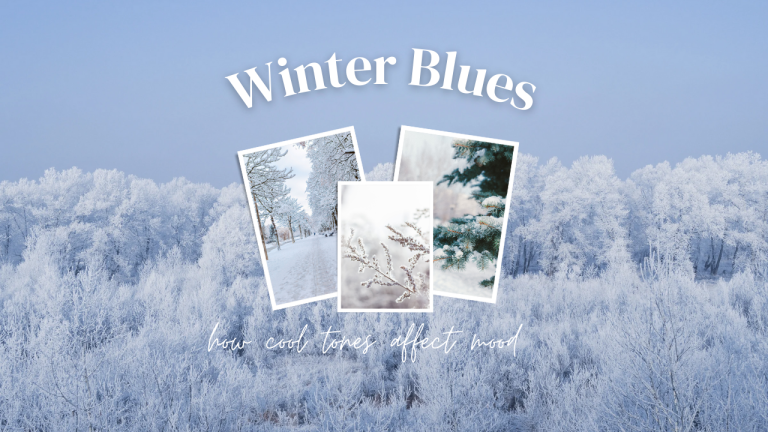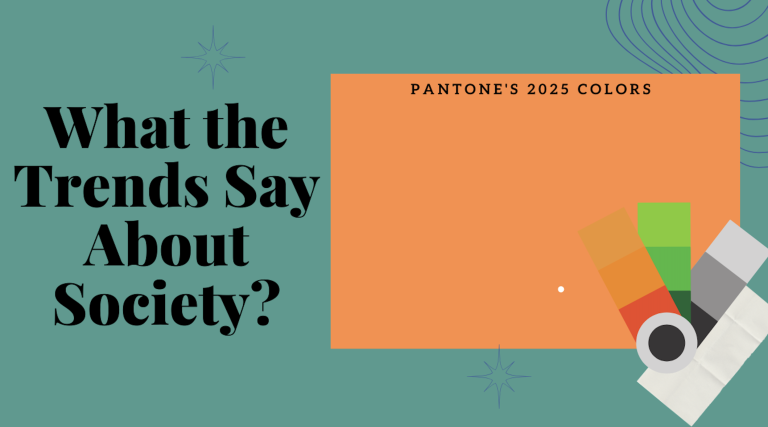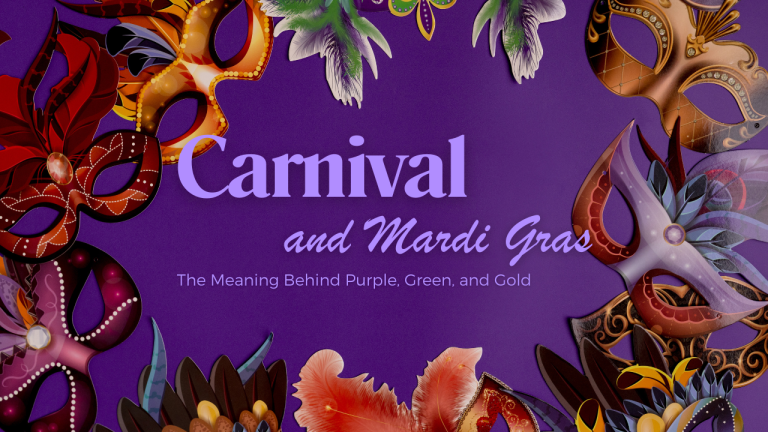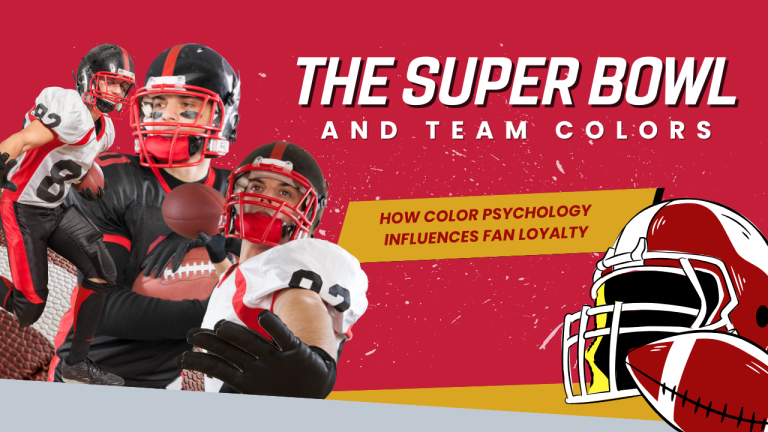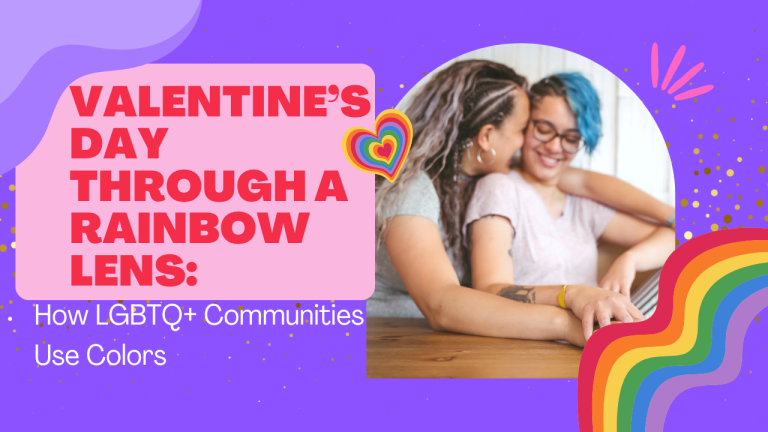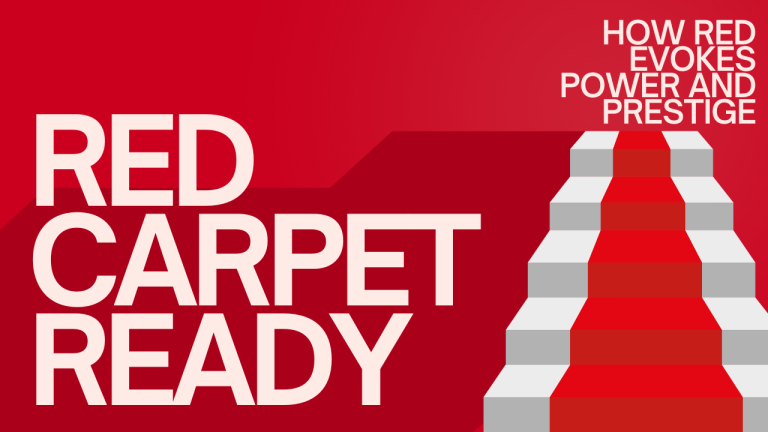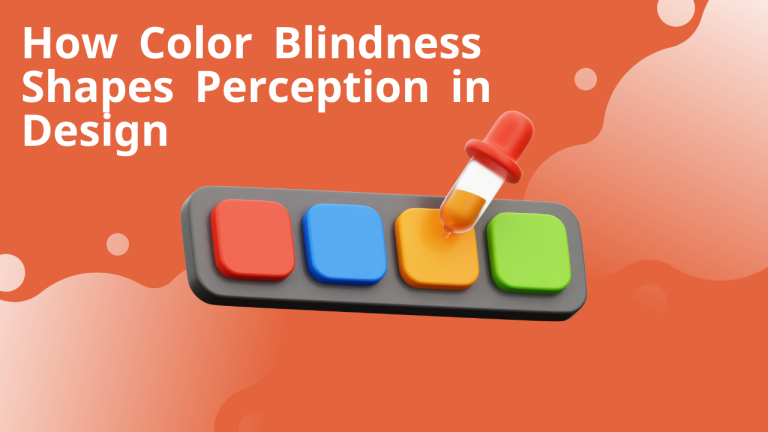Step into any shop in early February, and you’ll be greeted by the vibrant Valentine’s Day colors of pink and red. Heart-shaped boxes of chocolates and sparkling greeting cards fill the shelves, turning typical retail environments into enchanting romantic settings. However, this colorful transformation goes beyond tradition—it’s a clever strategy of psychological marketing that connects with our profound emotional ties to color.
The Passion of Red
The use of red in Valentine’s marketing is rooted in our body’s instinctive reaction to the color. When shoppers see red displays, a fascinating transformation occurs: their hearts start to race, their breathing becomes more rapid, and their excitement intensifies. These physical responses reflect the feelings associated with falling in love, forging an unspoken emotional bond with the products on display.
Sarah Chen, a visual merchandiser at a large department store, has seen this trend in action. “Last year, when we changed our Valentine’s jewelry display from white to red backdrops, sales shot up,” she shares. “Customers lingered longer at the counter, and we observed a rise in impulse buys of more expensive items.”
Classic Valentine’s Red Palette
-
Romantic Ruby (Hex: #E31837): A deep, passionate red that captures traditional Valentine’s romance.
-
Rose Petal Red (Hex: #FF007F): A vibrant, rose-inspired red with hints of pink undertones.
-
Berry Crush (Hex: #C21E56): A rich cranberry red that adds sophistication to Valentine’s designs.
-
Love Letter Red (Hex: #B01E23): A classic letterbox red perfect for traditional Valentine’s themes.
-
Heart Scarlet (Hex: #FF2400): A bright, energetic red that captures the excitement of love.
The Sweet Subtlety of Pink
While red grabs attention with its bold energy, pink works its charm in a more understated way. Marketing researcher Dr. James Morrison describes pink as “the color of nurturing love—the kind that wraps around you like a warm blanket.” This softer shade brings to mind memories of first crushes, cotton candy dates, and the tender side of romance that balances out red’s intensity.
Luxury chocolatier Marie Laurent observed this dual effect in her boutique’s packaging designs. “We used to wrap everything in deep red,” she recalls. “But when we introduced pale pink boxes for our delicate pralines, customers began to create more personalized gift selections. The pink seemed to inspire thoughtful choices rather than hasty decisions.”
Sweet Valentine’s Pink Palette
-
Sweet Heart Pink (Hex: #FFB5C5): A delicate pink reminiscent of conversation hearts.
-
Cotton Candy Dream (Hex: #FFB0AC): A soft, playful pink that evokes sweet romance.
-
First Blush (Hex: #FEC5E5): A gentle, rosy pink perfect for subtle Valentine’s accents.
-
Love Letter Pink (Hex: #FFB6C1): A classic light pink that brings warmth to Valentine’s designs.
-
Romance Rose (Hex: #FF69B4): A vibrant hot pink that adds modern energy to traditional themes.
Digital Romance: Colors in the Online Age
The psychology of Valentine’s colors has changed with the rise of the digital age. E-commerce designers like Marcus Wong have realized that timing and context are more important than ever. “We’ve found success with what we call ‘color storytelling,'” Wong explains. “Our websites start in January with soft pink undertones that gradually transition to deep reds as February 14th nears. This creates a digital atmosphere that reflects the growing excitement of the season.”
Social media campaigns have taken this insight even further. Pinterest has found that Valentine’s content featuring well-matched combinations of pink and red garners significantly more engagement than designs with a single color. The secret is in crafting a visual journey that feels both thrilling and genuine.
The Science of Selling Romance
Beneath the attractive visuals is intriguing research. Investigations conducted by the Color Psychology Institute show that shoppers tend to spend about 15% more time exploring Valentine’s displays that feature red and pink, as opposed to other color schemes. This increased engagement often leads to greater sales and deeper connections with the brand.
Dr. Rebecca Martinez, an expert in consumer behavior, shares that these colors are effective because they resonate with both our primal instincts and cultural meanings. “Red appeals to our fundamental feelings—passion, excitement, attraction. Pink introduces a cultural significance—tenderness, thoughtfulness, and modern romance. When combined, they forge a strong emotional connection that influences purchasing choices.”
The Future of Valentine’s Colors
As we learn more about color psychology, brands are finding subtle ways to incorporate these classic colors. Some are trying out refined undertones like rose gold, burgundy, and blush, while others are mixing in surprising color pairings that enhance the traditional palette.
Why It Matters
The effectiveness of Valentine’s Day marketing colors highlights how visual elements can tap into our emotions. In a time filled with digital noise and relentless advertising, the enduring ability of pink and red to stir feelings of love and connection is striking. Whether it’s a quaint local florist or a high-end global brand, grasping this color psychology is essential for crafting Valentine’s Day campaigns that truly connect with today’s consumers.
For marketers, the takeaway is straightforward: these colors go beyond mere decoration—they serve as potent instruments for conveying emotions. When applied with care, they foster an atmosphere where romance, business, and personal connections blend seamlessly, transforming Valentine’s Day into more than just a holiday; it becomes an experience infused with the timeless hues of love.
